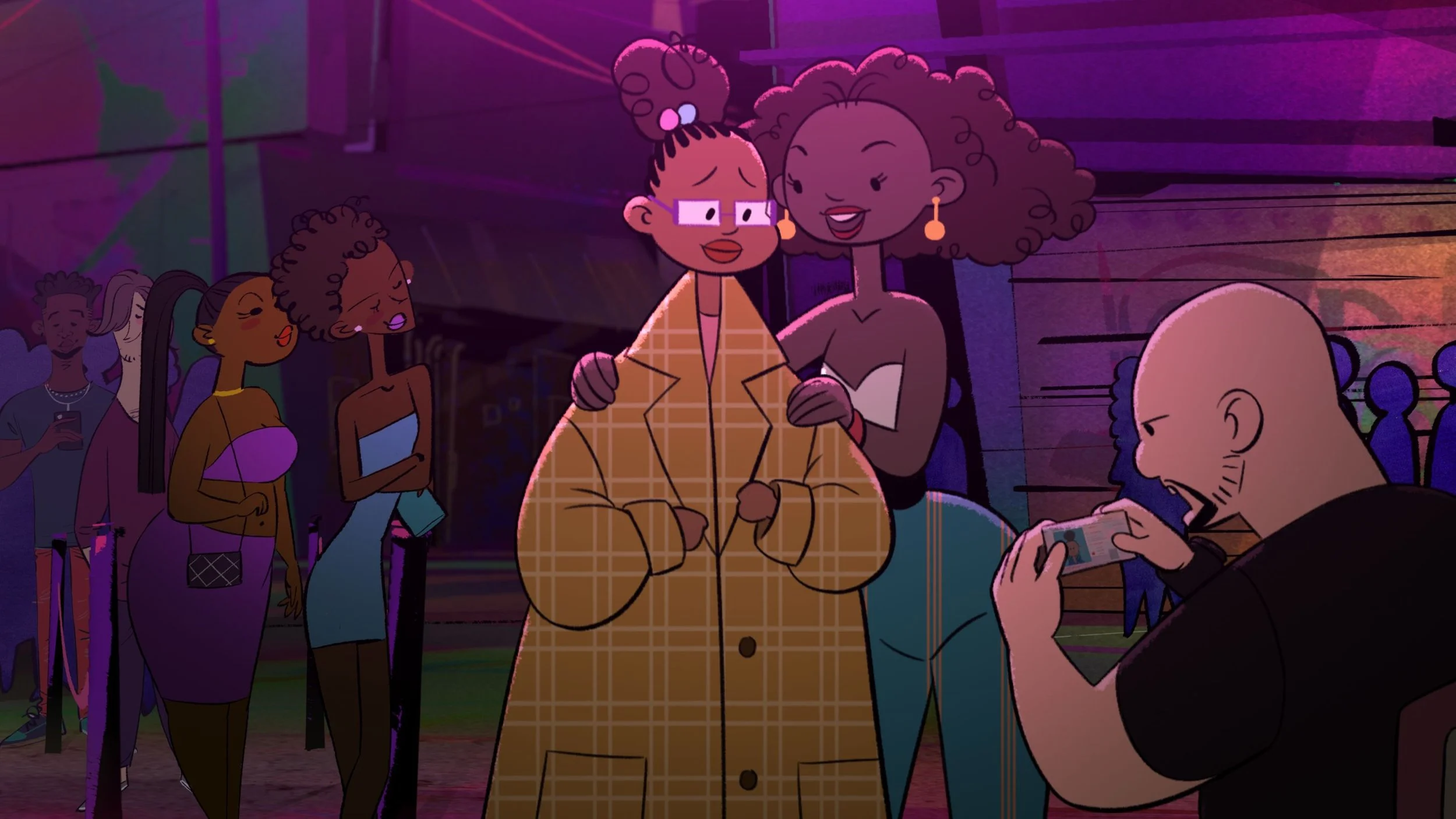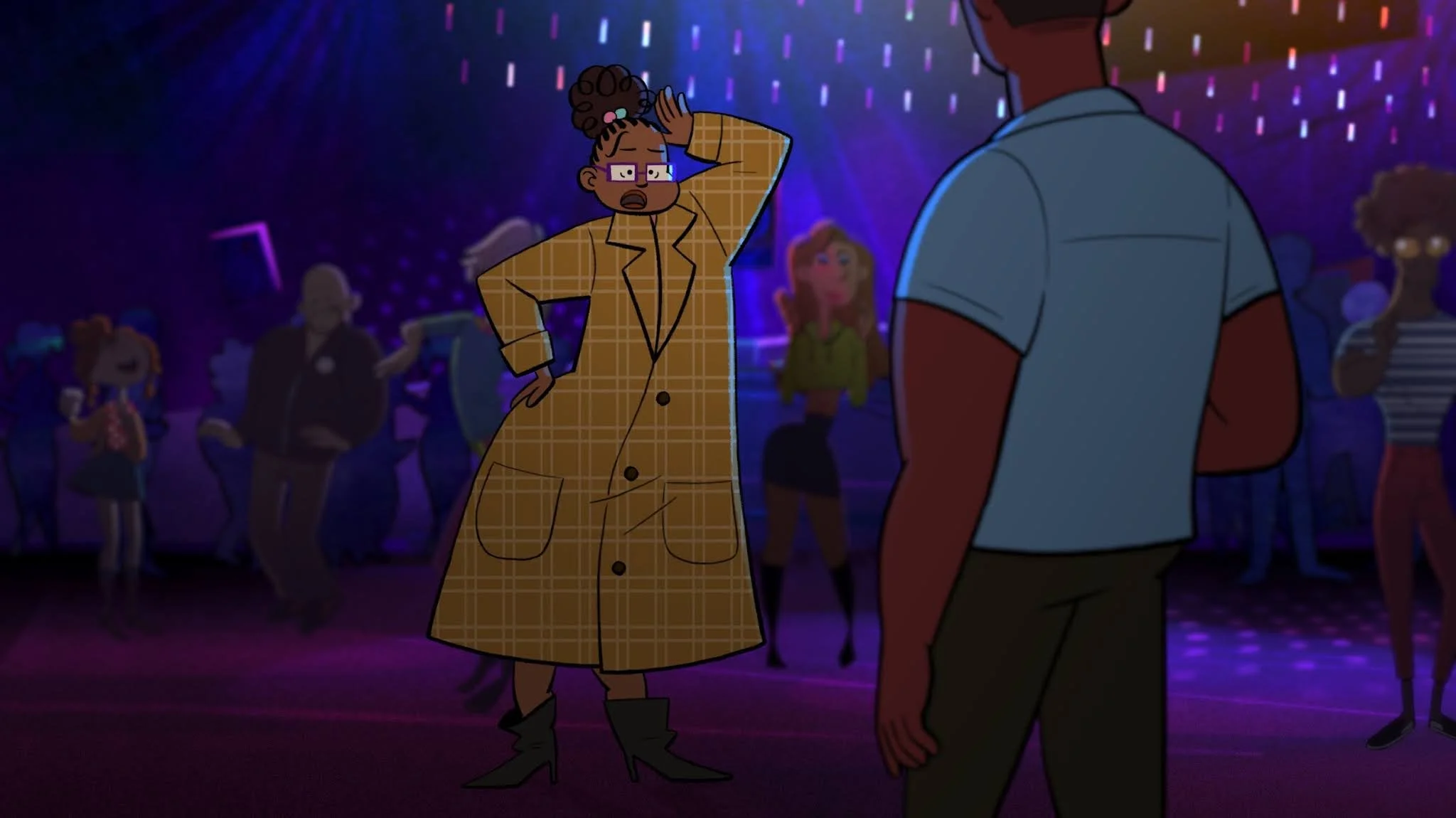Deconstructing Pixar's Twenty Something: The Importance of nurturing your inner child
BY ARIANA VILLACORTA
“Adulting can be hard. Some days you're nailing it, while other days, you're just a stack of kids hiding in a trench coat hoping no one notices.”
Aphton Corbin’s directorial début, Twenty Something, exemplifies Pixar films’ weight of emotion and meaning that manages to engage, entertain and move both adults and children. Written and directed by Corbin, the short film follows a young woman named Gia as she tries to celebrate her 21st birthday while dealing with the challenges and insecurities of being an adult.
Credulously thinking that at twenty years old I am a grownup, I had dismissed animated pictures as being strictly for children for a while. Hence, the first time I watched this short film my older sister forced me to, explaining that only after I had watched it, would I understand the urgency as to why. She was correct. Besides being amusing, heart-warming and comforting, the short film also touches upon the imperative nature of nurturing our inner child in the midst of entering adulthood and trying our best to get by.
At the start of the film, a nervous Gia wishes to celebrate her coming of age by attempting to engage in what would be considered a ‘grown up’ environment: a club full of seemingly happy and confident people, taking part in ‘adult’ activities like drinking at the bar, making out with strangers and dauntlessly participating in interesting conversations. Shortly after, Gia asks to be excused to the toilet where she takes off her trench coat to reveal a stack of three children that have been hiding inside. These kids are actually three younger versions of herself which she is made up from; a one year old, ten year old and sixteen year old Gia, piled one on top of the other to form the twenty one year old who is trying to adapt to the adult world.
The short film depicts how these different versions of herself take the lead (the top place inside the trench coat) in different instances of her young adult life. This ultimately refers to how the inner child we carry within is ever present in different aspects and stages of our lives.
An inner turmoil is represented as these versions of herself fail to come to terms and start to fight each other, which ends in them falling out of their trench coat disguise. The embarrassment of these different versions of herself being exposed mirrors the familiar sense of embarrassment when ‘failing’ to look put together, to look and act adult. They proceed to cry hysterically as one utters “I don’t know what I’m doing and I’m worried I never will”. Furthermore, it is only when these younger versions of herself reconcile, embrace each other and acknowledge they are all trying their best, that a full 21 year old Gia is able to come out of the bathroom stall, symbolising the importance of nurturing our inner child and tending to its needs.
Your inner child is the most authentic version of yourself, often cast aside by the adult world. Formed during childhood, it is the part of yourself that is most originally you as it stems from a time where you could be unapologetically yourself, without having to worry too much about societal expectations or others’ opinions. We knew ourselves best when we were not trying to please others or adhere to social conventions. The importance of regaining contact and nurturing our inner child lies in the vivacious authenticity of this part of ourselves we cast into the shadows; if we ever want to truly embark on a quest for self acceptance and self love, we must recognise this. In order to nurture your inner child and potentially tend to the wounds they carry, it is important to make your inner child feel listened to by doing things that make you happy.
It is easy to get lost in the adult world. Over the last couple of days, I felt an overwhelming sadness pour over me like rain, making me think that I was unfit to write this. How can I write about healing and self love when I cannot practice it on myself? The answer is: I am. But it’s not an easy process. At times, your attempt at healing can feel draining and overwhelming. Other times it is joyous and immensely rewarding. So I am writing about nurturing one’s inner child and adulting while learning to do both things myself. Trial and error. Practice being kind to yourself, do not be discouraged by wounds that might take longer to heal, respect your boundaries and acknowledge your claim to self compassion, love and joy. There is joy in innocence just as there is innocence in joy. We tend to think our innocence is long gone, that we have been corrupted. But that is disregarding that that childlike joy has been, is and will always be part of you.
During most of the short film, these younger versions of Gia are hiding inside the trenchcoat. This act of hiding portrays the embarrassment that we often associate with letting the more childlike aspects of ourselves be seen when we’re adults, making us sideline these parts of ourselves. Part of this restrictive attitude towards our inner child and childlike instincts stems from the correlation we make between them and negative attributes such as being childish, nonsensical, irresponsible or silly. On the other hand, we romanticise the idea of adulthood. We idealise what it’s like to be an adult; being independent, going to parties, attending fancy dinners with friends. In the process, however, we speed up growing up. And once we do, we find ourselves facing the often harsh reality that being an adult is not all that it was cracked up to be. With independence and freedom comes responsibility. In addition, the common question ‘what do you want to be when you grow up?’ already sets an expectation that you have to be something more than yourself, that as you get older being yourself is not enough; you have to find more roles to adhere to, more tasks to take on, regardless of whether these make you lose contact with the most authentic parts of yourself. When I grow up, or as I continue to grow and become an adult, I want to keep being myself. I want to be in tune with the deepest parts of myself. When I grow up, I still want to be me.
Thus, deconstruct this idealisation and make your inner child feel seen by enjoying activities that might seem ridiculous to an adult, but that you used to treasure as a child. Going to the movies with my father every other Sunday afternoon was one of the things I enjoyed the most growing up. This past week, I decided to take it upon myself and bring myself to the movies on my own for the first time. I now look forward to many more solo cinema outings, without having to share any popcorn.
Towards the end of the film, when Gia looks at herself in the mirror on her way out of the restroom, she sees these three younger versions of herself stacked up, one on top of the other, looking back at her smiling. The smiles on their faces provide her the confidence to go back out there and confront, experience and enjoy that adult environment that once seemed so daunting. This reconciled view of herself in the mirror illustrates her acceptance and embrace of her own inner child, which allows her to have not only a new perception of the people around her, but most importantly, a more compassionate and accepting perception of herself.
In all, the short film depicts how we all carry our own inner child, this most authentic self that we often neglect; sometimes out of ignorance or lack of self compassion, a lot of times out of embarrassment and a feeling of inadequacy. The film’s ending, however, shows how deep within, we’re all still those kids stacked up, hidden in trench coats or fancy dresses, merely trying to fit in, to act accordingly, to make it in the adult world. Like Gia, we might think it is only ourselves who cannot manage to get it together when in reality, we’re all just trying to figure it out. And what a comforting realisation that is. It is by embracing this inner child of ours that we get to rejoice in life. By cultivating the light you carry within, you’ll retrieve joy.



